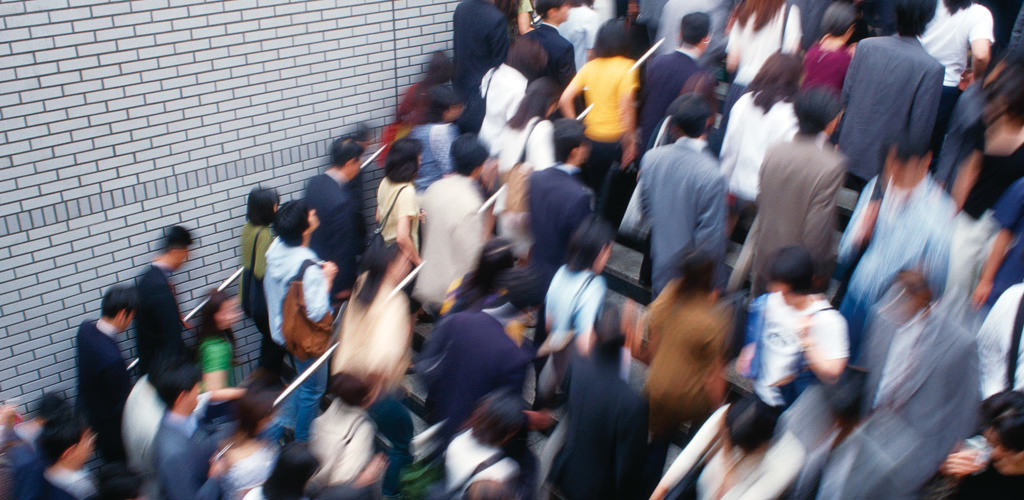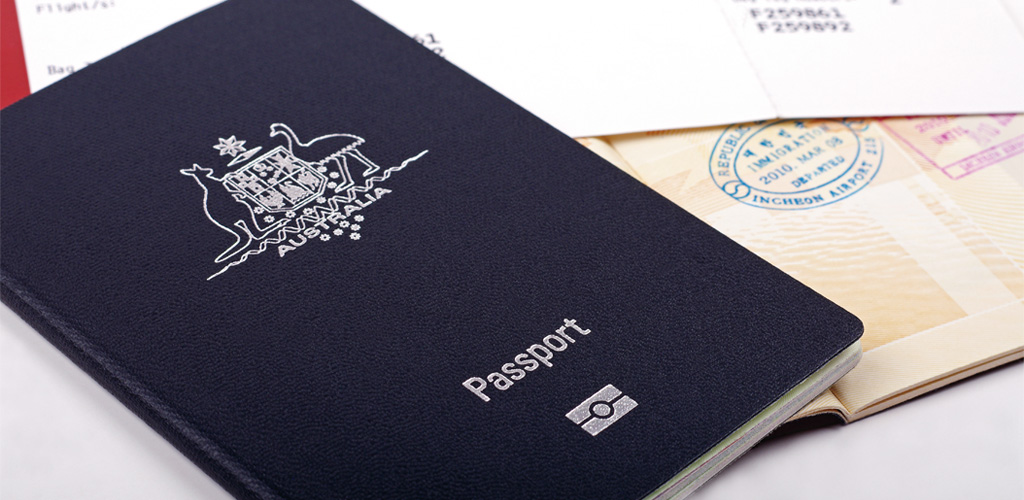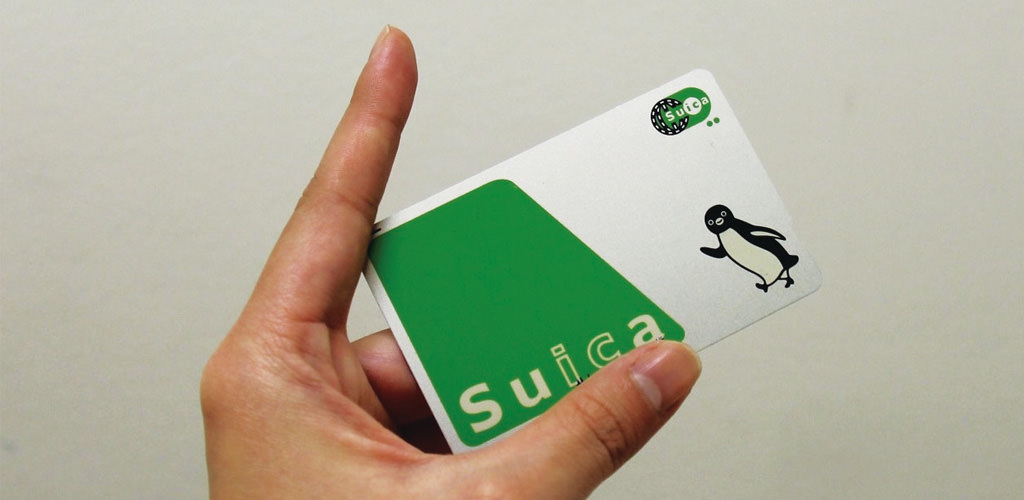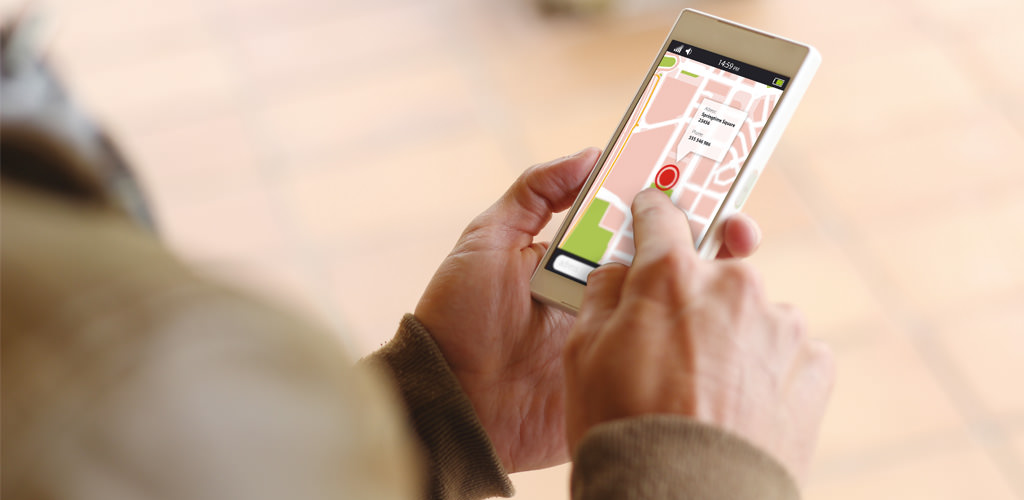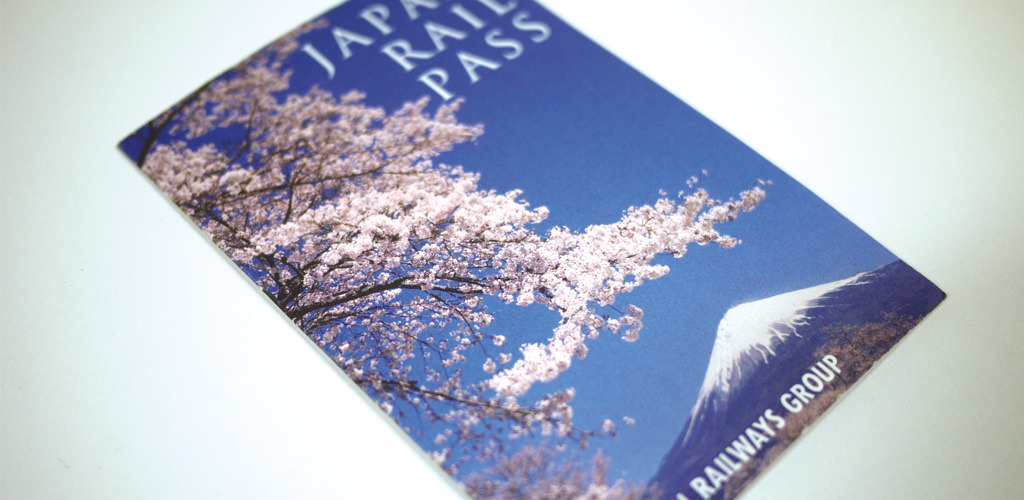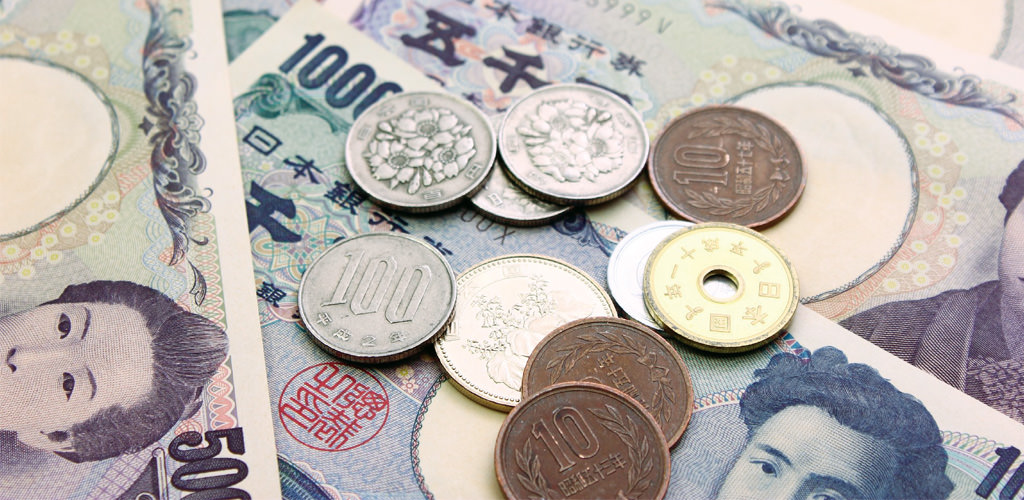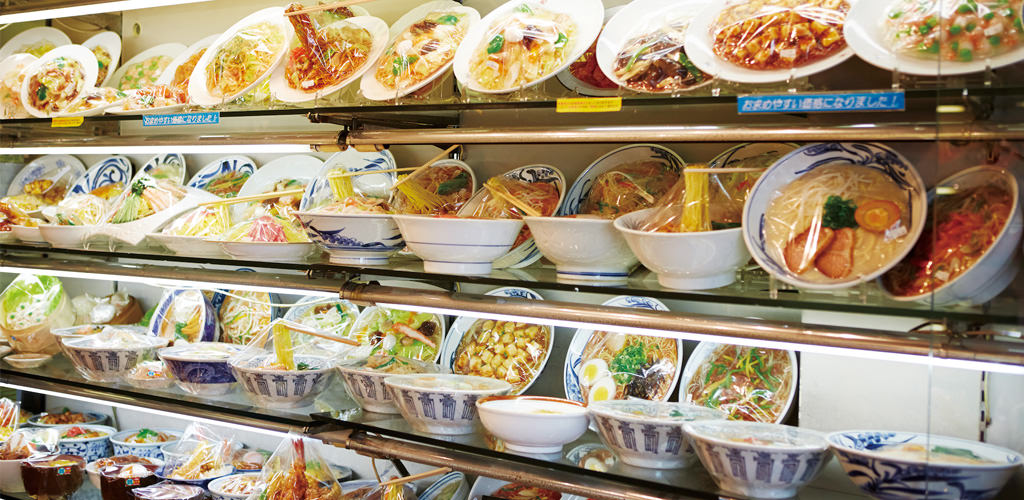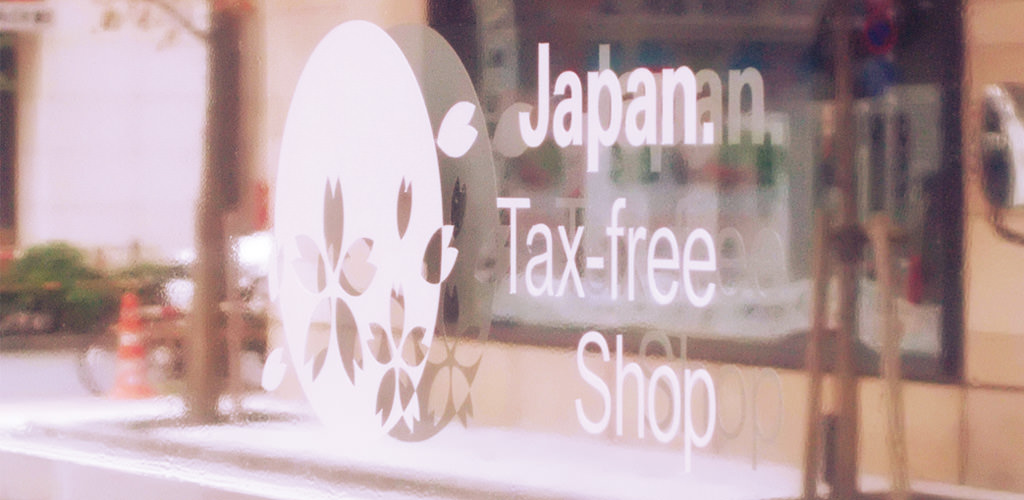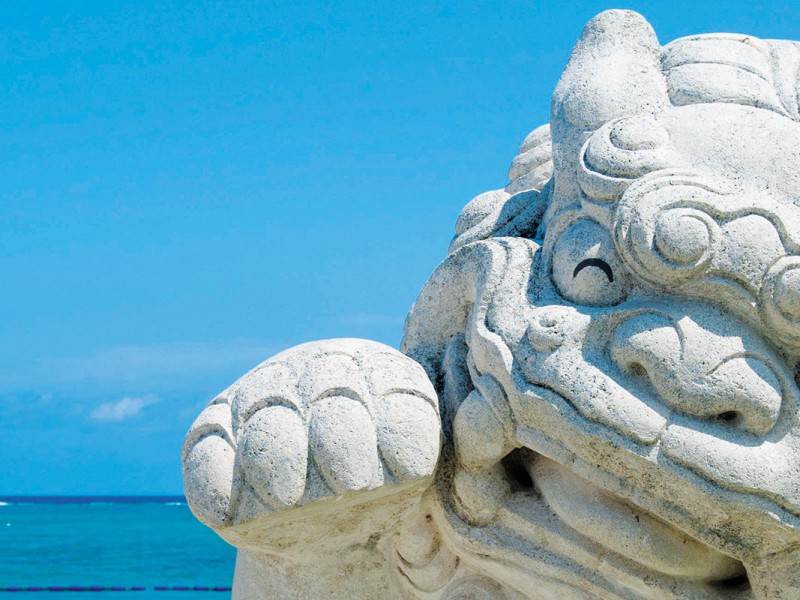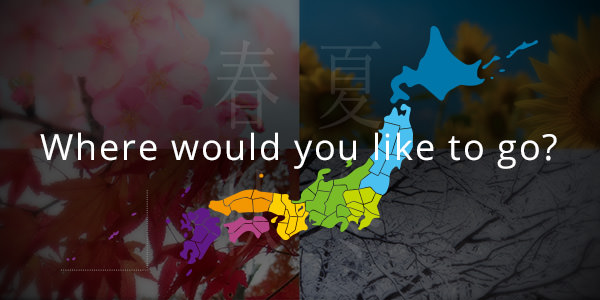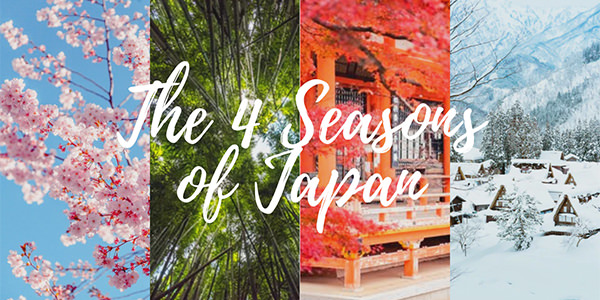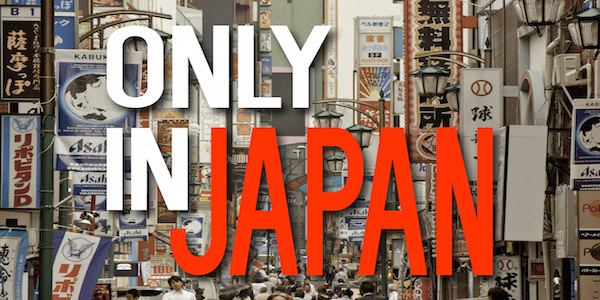Culturally rich, regionally diverse and technologically advanced, Japan offers an experience that is truly unique. To make your trip truly convenient as well, here are some essentials and tips that will enable you to travel smart, stay connected, dine and shop, and stay comfortable as you travel Japan like a pro!
Welcome to Japan, the land of hands-free travel…
Shinjuku Station, in the heart of Tokyo, has been recognised in the Guinness Book of World Records as the world’s busiest train station. Like any other big inner-city hub in Japan, it becomes a fast-paced obstacle course during rush hour, with traffic snaking through a maze of neon around it, and a tide of people sweeping across the streets like rapids.
Thanks to the efficiency of Japan’s luggage and parcel delivery companies though, it’s easy to go with the flow.
Just look for a ‘Japan. Hands-Free Travel’ logo at airports, hotels and stations, or head to a participating convenience store to drop off any excess baggage, including sporting equipment such as skis and golf clubs, for pick-up at your destination. This service is especially handy when travelling by bullet train, where there is only limited baggage space available.
You can rely on the team Green Port Agency to organise your luggage delivery to your destination, right as you step off the plane at Narita Airport.
https://issuu.com/gdayjapan/docs/gday_japan_issuu_11/11
Four handy Japanese expressions
1. Arigatō
Sounds like: Harry Gateaux
Means: thanks
Upgrade: When you want to give a big thank you, say ‘arigatō gozaimasu’ with a slight bow – the traditional mark of acknowledgement and respect in Japan.
2. Itadakimasu
Sounds like: it-a-ducky-mas
Means: to receive
Say it: before eating; also, remember to avoid planting chopsticks into your food: this only ever happens at funeral ceremonies in Japan, and will give everyone the jitters.
3. Kanpai
Sounds like: American pie
Means: Cheers!
Be a good drinking buddy: and only pour your friends drinks – it’s good manners in Japan to let yours be poured for you. Just leave your glass full when you’re ready to call it a night.
4. Sugoi
Sounds like: Sue, Margo and Joey
Means: great!
The land of sugoi: Japanese hospitality, ‘omotenashi’, is friendly, warm and impeccable, and is full of pleasant surprises that make every day sugoi!
STAY COMFORTABLE
Peak Travel Seasons
There are three times of the year in Japan when it seems like the entire nation is on the move: New Year’s, the Obon Buddhist Festival, and Golden Week. If you plan to travel during or around any of them, it’s best to make bookings and reservations in advance wherever possible. The New Year’s holiday period falls between December 27 and January 3, Golden Week between April 29 and May 5, and Obon the week coinciding with August 15.
Time, Visas & Health
Japan is on GMT+9 all year round, one hour behind Australian Eastern Standard Time (AEST) (GMT+10) – or two hours during daylight saving (GMT+11). Australian passport holders can visit Japan for up to 90 days without a visa, and while no vaccinations are required, medication may require clearance: visit the Embassy of Japan in Australia at http://www.au.emb-japan.go.jp/itpr_en/visa_medicine_en.html for details.
To ensure you’re prepared for in case of unexpected events in Japan, get covered with the fantastic plans by Green Port Agency – you can find them at Narita Airport.
https://issuu.com/gdayjapan/docs/gday_japan_issuu_11/11
Packing for the weather
Japan’s climate varies wildly, from subtropical Okinawa to icy Hokkaido, and an essential resource that will help you pack accordingly is the Japan Meteorological Association’s English website: http://www.jma.go.jp/jma/indexe.html. Particularly important to bear in mind is the summer monsoon and typhoon season; the monsoon begins in Okinawa during May and arrives in Tokyo by early to mid-June, leaving a trail of extreme humidity in its wake. The typhoon season follows, bringing an increased risk of torrential rain that can ground flights and bring traffic to a halt.
AVERAGE MONTHLY TEMPERATURES AROUND JAPAN (ºC)
| Major Cities | January | April | July | October | ||||
|---|---|---|---|---|---|---|---|---|
| Max | Min | Max | Min | Max | Min | Max | Min | |
| SAPPORO | -0.6 | -7 | 11.5 | 3.2 | 24.9 | 17.3 | 16.2 | 7.5 |
| SENDAI | 5.3 | -1.7 | 15 | 6.1 | 25.7 | 19.5 | 19.4 | 11.2 |
| NAGANO | 3.5 | -4.1 | 17.3 | 4.9 | 29.1 | 20 | 19.2 | 9.7 |
| TOKYO | 9.9 | 2.5 | 18.8 | 10.7 | 29.4 | 23 | 21.8 | 15.4 |
| OSAKA | 9.5 | 2.8 | 19.9 | 10.7 | 31.6 | 24.3 | 23.3 | 15.5 |
| FUKUOKA | 9.9 | 3.5 | 19.5 | 11.2 | 30.9 | 24.3 | 23.4 | 15.4 |
| NAHA | 19.5 | 14.6 | 24.1 | 19 | 31.8 | 26.8 | 27.9 | 23.1 |
All figures are monthly averages for the period 1981 to 2010. Source: Japan Meteorological Agency
TRAVEL SMART
Q. What’s the best way to get around?
Able to complete the 550 km journey from Tokyo to Osaka in under three hours, Japan’s bullet train (shinkansen) is one of the favourite modes of transport for travellers on its efficient transport network. Operated by the Japan Railways (JR) Group, it connects them with regular train, subway, bus and taxi services in speed and comfort; the fast track to everyday travel on JR and other services is a Suica smart card, available from ticket vending machines at train stations.
Domestic flights with low-cost carriers in Japan are competitively priced, and provide direct access to outlying destinations such as Okinawa – where renting a car is typically the easiest way to get around. Australian driver’s licence holders staying in Japan for up to 90 days may drive with an International Driver’s Permit (IDP), which must be obtained prior to entering Japan.
Q. How do I find an address without a street name or number?
If you’re not in a taxi and speak minimal Japanese, finding a street address can be a challenge!
Japanese addresses generally do not include street names or house numbers – so an English map from a tourist information centre or smartphone GPS app will help you avoid getting lost. The Japan National Tourism Organization publishes a list of useful smartphone apps at http://www.jnto.go.jp/eng/arrange/essential/useful_smartphone-apps.html.
Get the most out of your trip with a Japan Rail Pass!
A Japan Rail Pass is a flat rate all-you-can-travel ticket for travel on JR lines throughout Japan, valid for periods of 7, 14 and 21 days. It provides especially good savings on long-distance bullet train travel, and is so popular that the Japanese government plans to make passes available over the counter in Japan during FY 2016; until then, they must be pre-ordered outside Japan: visit http://www.japanrailpass.net/en/index.html for full details.
DINE AND SHOP
Q. Can I use my credit card?
Even these days, many shops, restaurants, hotels and other accommodations in Japan still only accept cash, and the easiest way to get it is at an ATM. You’ll find ATMs that accept a range of internationally-recognised cards in 7-Eleven and Family Mart convenience stores. Japan Post Bank ATMs take international cards too. To cash travellers cheques or exchange currency, head to a major bank or post office branch.
It would also be helpful to be prepared with cash from the get go. Head to one of Green Port Agency’s exchange machines or booths at Narita Airport to exchange cash into Japanese yen
https://issuu.com/gdayjapan/docs/gday_japan_issuu_11/12
Q. How do I get online?
To plan your trip to Japan in real time, mobile Wi-Fi is a must, as it provides access to crucial information when you need it most. While major cities in Japan offer Wi-Fi networks specially for overseas visitors, the most reliable way to stay connected is a mobile Wi-Fi plan. Pre-book one before your trip – competitive plans offering excellent value for money are available, with fast network speeds and full English support.
Q. Where do the locals eat?
Japan boasts an abundance of delicious local and international cuisine – in addition to its many quality restaurants, you can find a huge variety of pre-prepared food in supermarkets, convenience stores, and even vending machines. There are even food markets in the basement floor of most department stores. Vegetarians beware, though – fish stock can pop up where you least expect it.
Q. How can I make the most of shopping in Japan?
Japan is world-renowned when it comes to both fashion and electronics, so you should definitely check out the shopping hubs in the cities – especially Tokyo. Cultural centres like Kyoto are great places to find uniquely Japanese traditional items. Many stores all over Japan now offer duty-free transactions on a huge range of items, even outside of the airports, so make sure to keep your passport with you while you shop!


